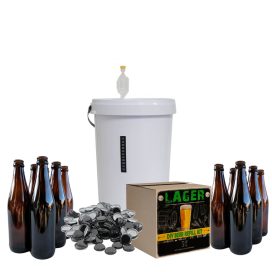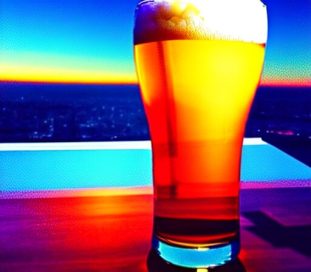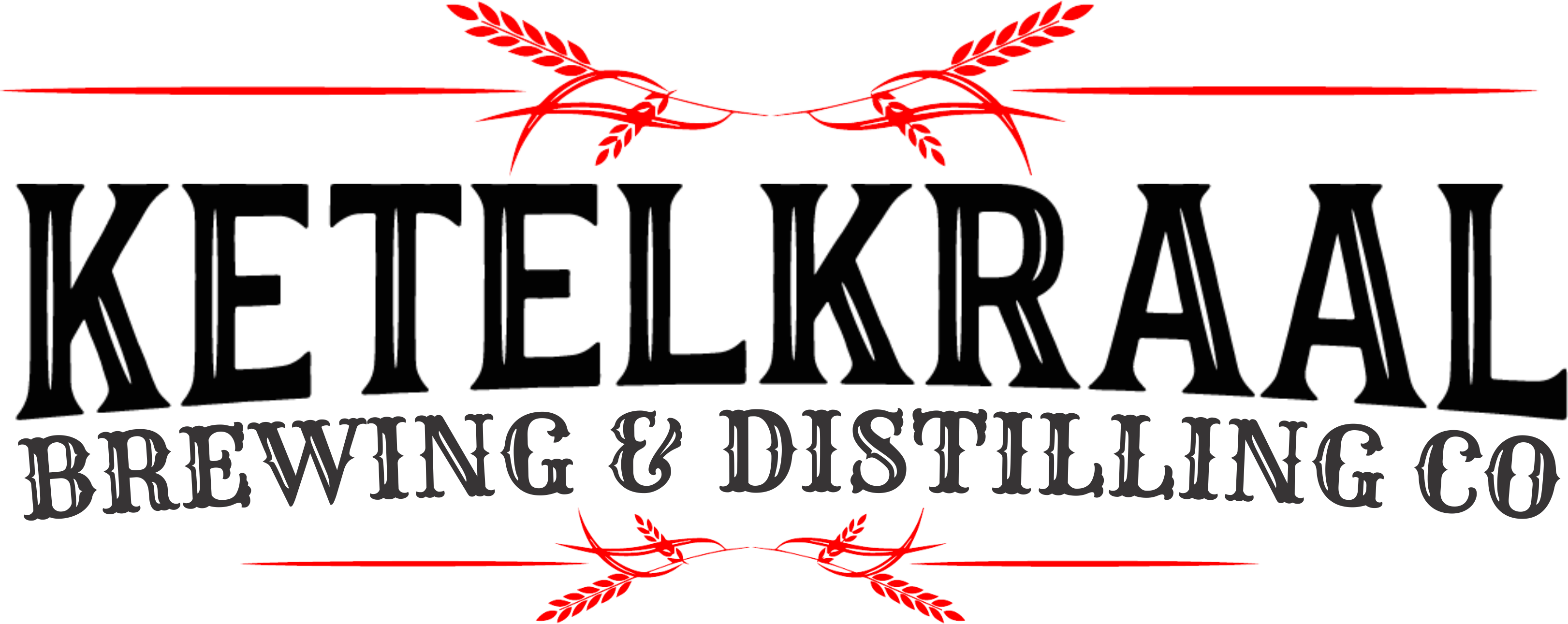Brewing Liquor & more.

To summarize, Brewing liquor refers to the process of fermenting grains or other ingredients to create alcoholic beverages. Such as beer, whiskey, or other spirits. The process involves mixing ingredients like water, malted barley, hops, and yeast in specific proportions. Then fermenting them over a period of time to allow the conversion of sugars into alcohol.
Notably, the brewing process usually starts with mashing, where the malted grains are soaked in hot water to extract sugars. This sugary liquid, known as wort. Boiled and combined with hops to add bitterness and flavor. After boiling, then cooled and yeast then added to start fermentation. The yeast consumes the sugars in the wort and produces alcohol and carbon dioxide as byproducts.
The fermented liquid then aged, distilled, or further processed to create the final product. Subsequently depending on the type of beverage being brewed. As well as different types of brewing liquor require different processes and ingredients. Thus resulting in a wide variety of flavors and characteristics in the final product.
The basics of brewing liquor

Brewing liquor involves the process of fermenting and distilling grains, fruits, or other ingredients to create alcoholic beverages such as whiskey, vodka, rum, or gin. While the specifics of brewing liquor can vary based on the type of spirit being produced, the basic steps typically include:
1. Firstly, Mashing: Grains or fruits are mashed or crushed to release their sugars, which will later be fermented into alcohol. This step is crucial for extracting flavors and sugars from the ingredients.
2. Secondly, Fermentation: The mashed ingredients are combined with water and yeast to begin the fermentation process. The yeast consumes the sugars and converts them into alcohol and carbon dioxide.
3. Thirdly, Distillation: Once fermentation is complete, the liquid (known as the “wash” or “mash”) is distilled to concentrate the alcohol content. This is done by heating the liquid to vaporize the alcohol, then cooling and condensing the vapor back into liquid form.
4. As well as Aging: Some spirits, such as whiskey and rum, are aged in barrels or other vessels to develop flavors and character. The aging process allows the spirit to interact with the wood and other elements, creating a smoother and more complex final product.
5. Lastly, Bottling: After aging (if necessary), the liquor is filtered, bottled, and labeled for sale and consumption.
It’s important to note that brewing liquor can be a complex and potentially dangerous process. Especially when it comes to distillation. Proper equipment, techniques, and safety precautions are essential. If you’re new to brewing liquor, consider starting with a beginner-friendly recipe and consulting resources or experts in the field for guidance.
Contact us!
Follow us on Facebook and Instagram , Linkedin, PUB HTML5
Brewing liquor & more!
